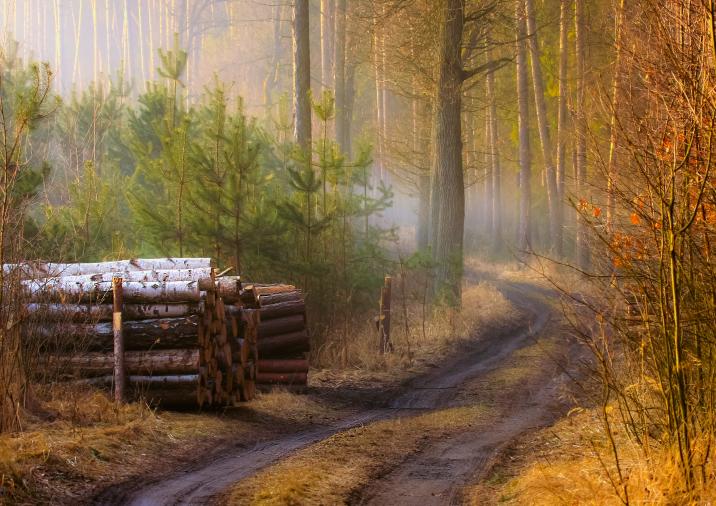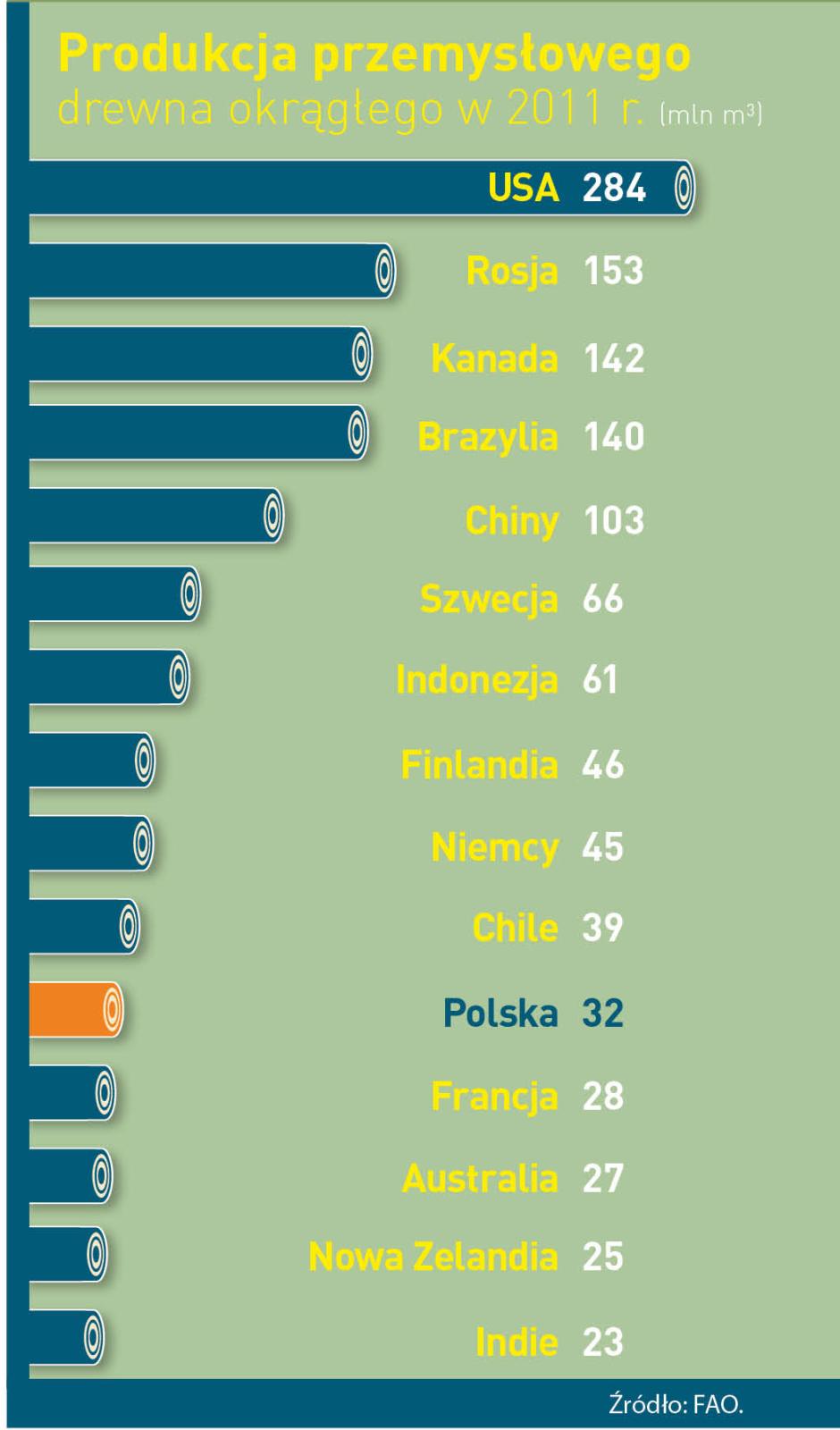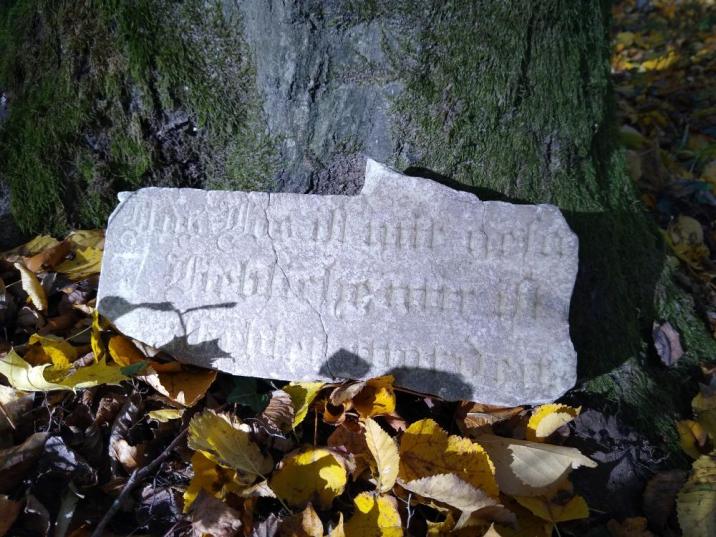 Asset Publisher
Asset Publisher
Polish hit
Polish products made of wood – furniture, window and door frames, yachts or paper and packages – these are real hits of the market.
Our country is the is the 10 largest producer of furniture and the 4 largest furniture exporter in the world. Wood industry sells abroad goods of its approximate value of 45 million zl annually, what constitutes 10 % of the whole Polish export. The measurement of the essential role of forestry and timber based sector in our management is that, it works out about 2 % of GDP (Gross Domestic Product). Not only it gives work to thousands of people, but it is also an engine of investment and of development of innovative technologies. From the beginning of transformation, it drew foreign capital of its value over 30 million zl.
Forest gives work
The State Forests belong to the leading group of employers in Poland. However, both forest and timber provide for workers with several thousand of Forestry Services Companies, which within the contract of mandate deal with, among others, planting trees and their nursing, wood logging and its transportation. And above all cooperate with people employed in several dozen thousand of companies creating wood and furniture industry and paper manufacture. Summing up, it gives as many as 375 thousand of Poles altogether. Statistically, every hundred inhabitant of our country works in the sector connected with forestry and wood processing.
Among private companies of forestry and timber based sector, there are also big companies with the share of foreign capital , and big and medium sized indigenous companies, but 9 of 10 companies in this sector are small plants employing less than 10 people. These are often family companies, cultivating multigenerational traditions connected with forestry and working in less developed regions of the country. There, forestry and wood industry, as well as agriculture constitute the basis of maintaining hundred thousand of families. As many as 600 % of all working places in the forest and wood based sector are located within rural areas.
Forest and wood based sector works out about 2 % of Polish GDP (Gross Domestic Product).
- 2 % of Polish GDP works out forest and wood based sector .
- Poland takes 4 place as the largest furniture exporter and 10 place as the largest producer of furniture.
- 50 % of paper and 9 of 10 pieces of furniture produced in Poland is exported abroad
- The value of annual export of Polish goods of wood and furniture industry and paper manufacture equals 45 billion zl (it is 10 % of the whole export).
- 30 billion zl , as direct foreign investments, have been drown since 1990 by Polish wood based sector (5,5 % of all).
- 100 kg of paper is used annually by statistic Pole (an average of UE is 160 kg, for USA – 230 kg).
Source: E. Ratajczak „Potencjał gospodarczy przemysłów opartych na drewnie i perspektywy ich rozwoju (Economic performance of wood – based industries and perspectives of their development)", GUS, Warszawa 2012.
 Asset Publisher
Asset Publisher
 Asset Publisher
Asset Publisher
LEŚNICY DBAJĄ O MIEJSCA PAMIĘCI
LEŚNICY DBAJĄ O MIEJSCA PAMIĘCI
Jesień od zawsze skłania nas do refleksji i wspomnień. Kończy się lato, w lesie robi się cicho, drzewa przygotowują się do zimowego spoczynku a ptaki wędrowne porzucają szare, polskie klimaty na rzecz afrykańskiego czy południowo-europejskiego słońca.
Na początku listopada w Kościele katolickim obchodziliśmy Dzień Wszystkich Świętych oraz Dzień Zaduszny. W ten sposób wyrażamy swoją pamięć o bliskich, którzy odeszli. Na cmentarzach w miastach i wsiach pojawiają się rzesze odwiedzających. Są jednak takie miejsca, do których nikt nie przyjeżdża, a jedynie drzewa są tu strażnikami pamięci.
W Nadleśnictwie Połczyn znajduje się ponad dwadzieścia takich miejsc, przeważnie cmentarzy poniemieckich, z XIX czy pierwszej połowy XX wieku. Są też cmentarze rodowe, jak na przykład w parku wiejskim w Ostrowąsach, gdzie pochowane są rodziny Zastrow i Haydebreck, będące właścicielami wsi od czasów średniowiecznych po drugą połowę XIX w.
Na większości leśnych cmentarzy odnajdziemy już niewiele. Czasem miejsce takie jest otoczone murkiem z kamieni, a wnętrze jest porośnięte bluszczem, barwinkiem czy konwalią majową. Gdzieniegdzie znajdziemy porozrzucane fragmenty pomników, czy kamieni z wyrytymi datami i nazwiskami. Większość metalowych, kutych elementów uległa znacznej korozji lub została ukradziona przez poszukiwaczy i ludzi wątpliwej moralności. Z uwagi na to, że w większości były to miejsca pochówku ludności niemieckiej, niszczenie i grabieże rozpoczęły się krótko po zakończeniu wojny. Granitowe płyty nagrobne, elementy z marmuru czy metalowe zdobienia często stały się elementem wyposażenia lokalnych gospodarstw domowych. Były też przypadki rozkopywania grobów w poszukiwaniu biżuterii i kosztowności.
Dziś w tych miejscach panuje już względny spokój. Jesień to dobry moment żeby tam zajrzeć, najczęściej to właśnie leśnicy lub miejscowi pasjonaci historii starają się chronić i ocalić leśne cmentarze od zapomnienia.
Natalia Barszczewska - rzecznik prasowy Nadleśnictwa Połczyn










